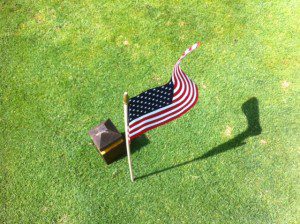 This is the penultimate installment of the final set of reflections on obstacles to practice focusing on the Buddha’s five hindrances (well not his hindrances, but the five that he set out as obstacles to meditation). The Five are a laundry list of things that are rarely a good idea–sensual desire anger, anxiety, laziness, restlessness, and doubt. We’ll look at these one by one.
This is the penultimate installment of the final set of reflections on obstacles to practice focusing on the Buddha’s five hindrances (well not his hindrances, but the five that he set out as obstacles to meditation). The Five are a laundry list of things that are rarely a good idea–sensual desire anger, anxiety, laziness, restlessness, and doubt. We’ll look at these one by one.
Restlessness is a pandemic. As a culture we cannot sit still for more than 140 characters (however long that takes). We need quick fixes, instant gratification, and like sharks we feel we need to keep moving in order to stay alive (sharks actually do, we don’t).
Restlessness is a cousin to worry. Something is not quite right in this moment and if I get up and change my perspective perhaps that will change the offness of the moment. This doesn’t work because the restlessness follows you to the next moment–it’s built into the very way we look at things.
Mindfulness practice seeks to rest perception in this moment–to accept the offness–without desperately trying to fix it. Mindfulness gives us permission not to have to change it and this relieves a lot of pressure. We can just notice the restlessness and the worry and return attention to now.
What does restlessness actually feel like? Where do you feel it in your body? How is it moving? What types of sensations are present? Investigate these sensations with interest. Restlessness is a concept, after all, and we can come to know its energy. This knowing will help us to sit with it with a relative stillness. We don’t have to move all the time.
Likewise, we can learn to sit with the mind’s tendency to worry and to move from its resting spot in the present moment to imagined futures. What does worry feel like in the body? In other words, what are the emotional signatures of worry as they register in the body? We can investigate worry as energy, just as restlessness.
When we turn towards the energy of restlessness and worry they can be present without becoming obstacles to practice. They don’t have to be a hindrance. Everything that is present can forward practice when we turn towards it with interest!

